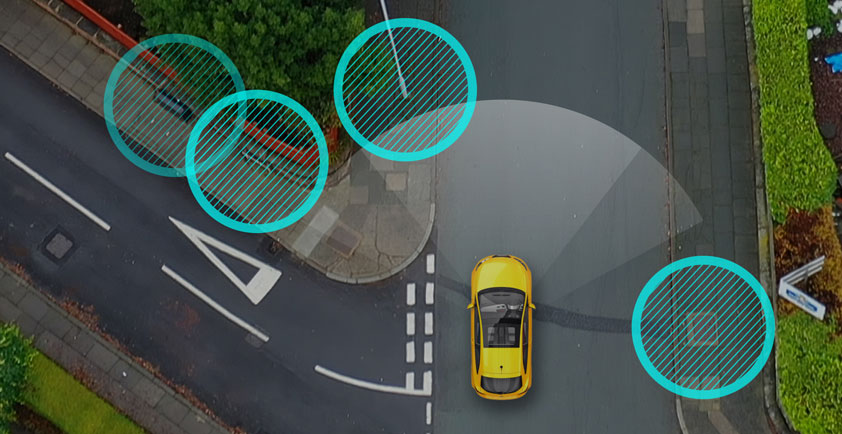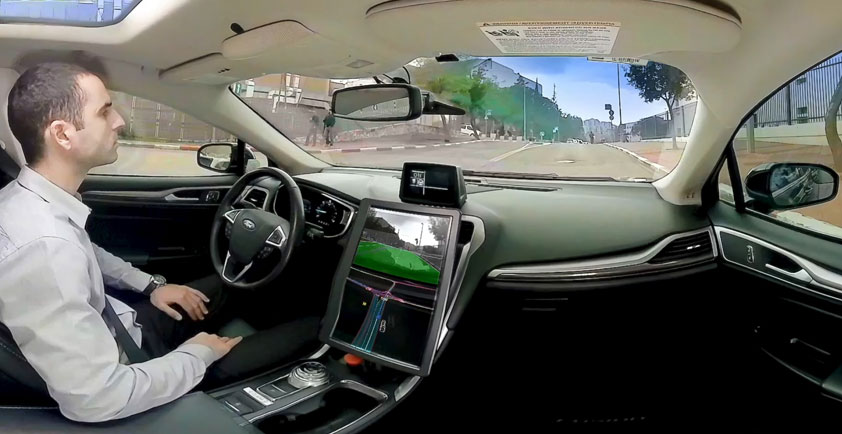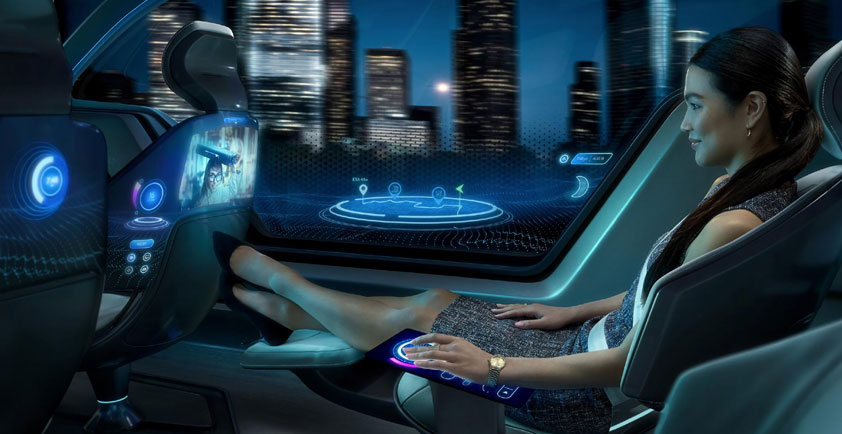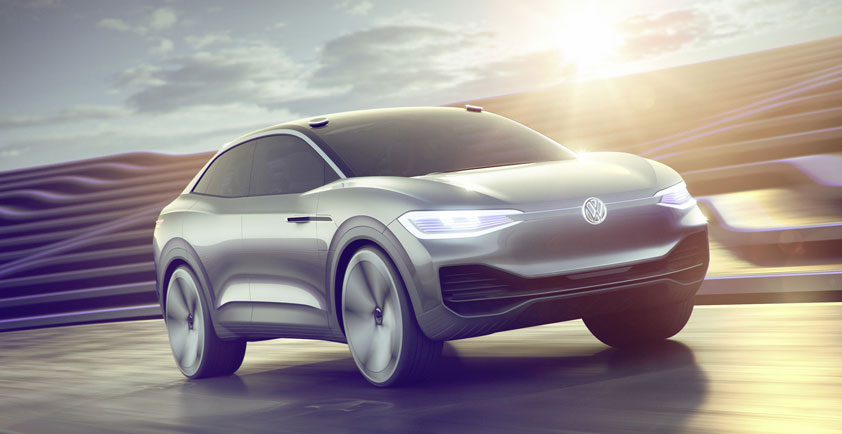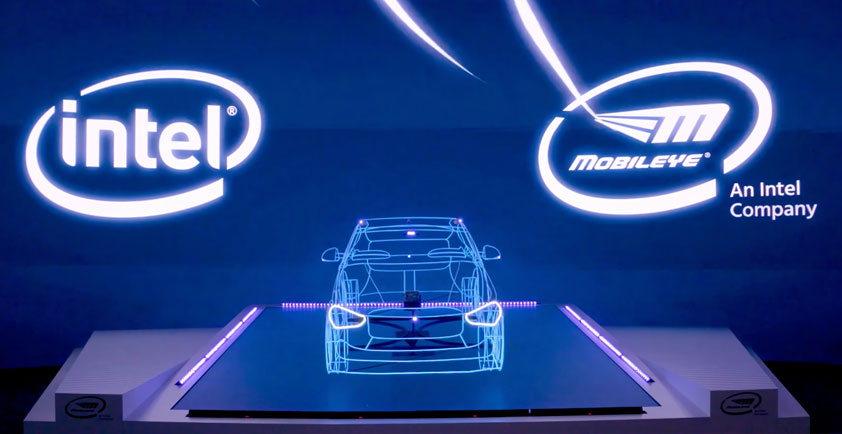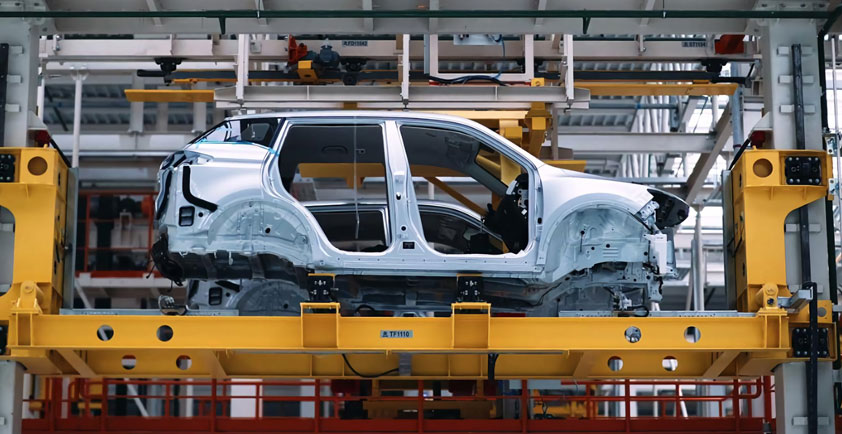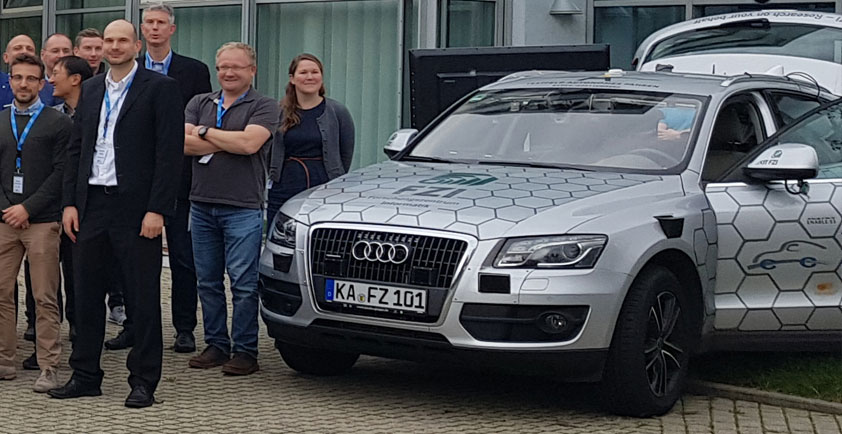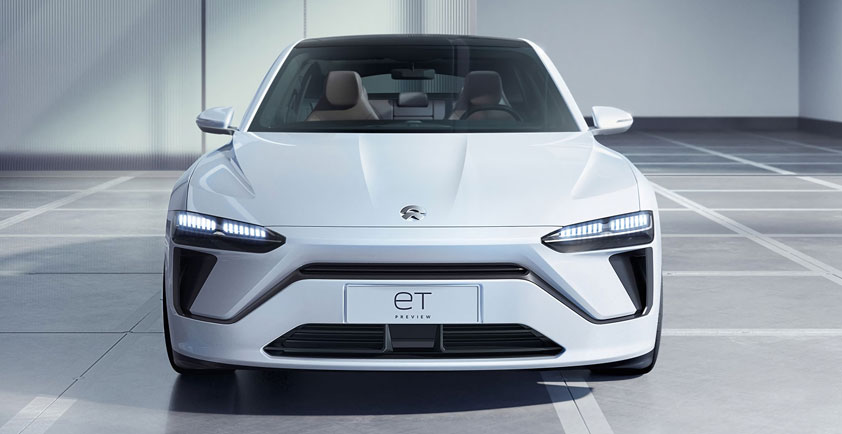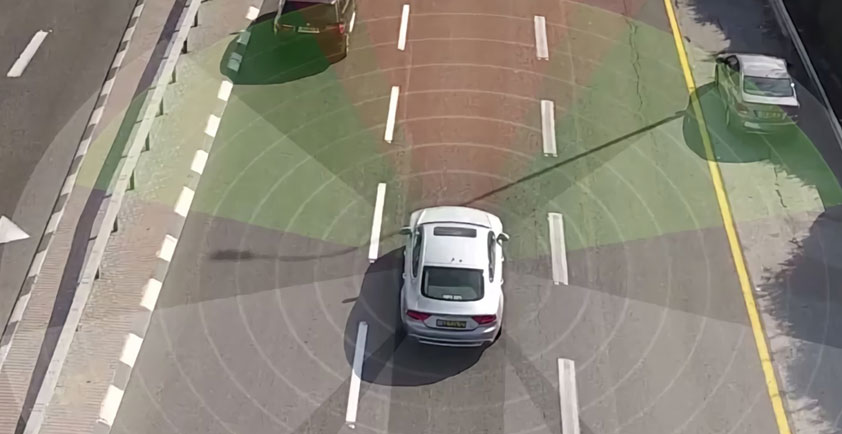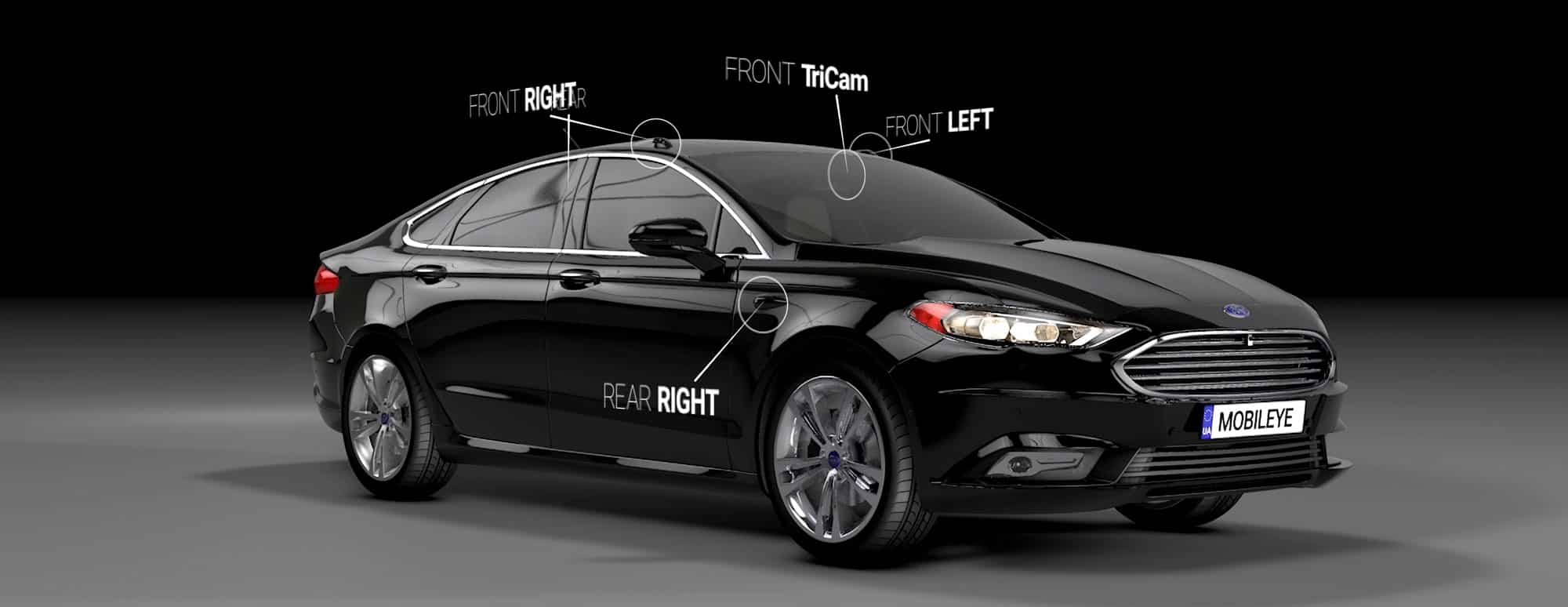
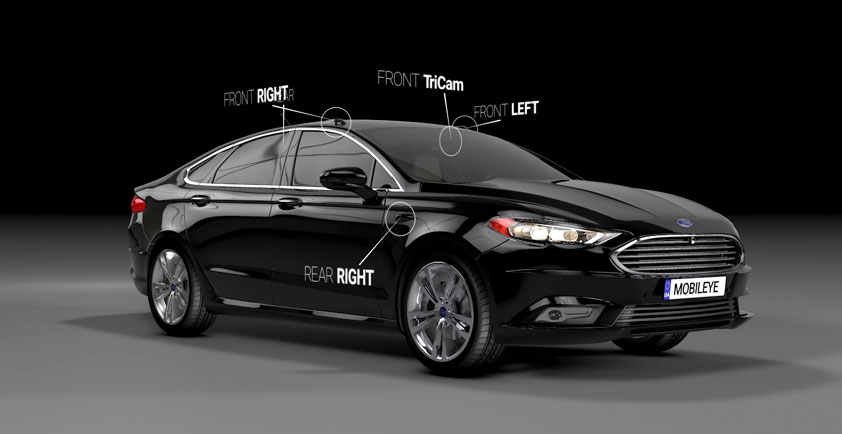
INTEL - MOBILEYE: AUTONOMOUS DRIVING
The drive toward an autonomous future is first and foremost about safer roads. It is a future that can’t come soon enough for the 1 million people who die in crashes each year. Intel and Mobileye see it as a moral imperative to deliver the technology that will make this future possible.
But we don’t have to wait for fully autonomous vehicles (AVs) to make our roads safer. Advanced driver assistance systems (ADAS) or assisted driving solutions are already reducing the number and severity of crashes. And the more vehicles that we can equip with this technology, the more we can bring these benefits forward.
Mobileye is the leader in assisted driving today, present in 12 of the 16 cars that received a 5-star safety rating from EuroNCAP in 2018. We were pioneers in the use of computer vision technology to save lives on the road. Today that technology is scaling up to become the building blocks for a fully autonomous vehicle. At the same time, the technology we are developing for AVs is proving useful for next-level ADAS that we call “level 2+.”
For Mobileye and Intel, safety is our North Star. And the safer roads we expect from our autonomous future are arriving with assisted driving today.
“We view it as a moral imperative to pursue a future with autonomous vehicles (AVs), but to not wait for it when we have the technology to save lives today.” – Prof. Amnon Shashua, Intel Sr. Vice President and President and CEO of Mobileye, an Intel Company
AUTONOMOUS DRIVING – HANDS ON THE WHEEL OR NO WHEEL AT ALL
Intel Explainer: 6 Levels of Autonomous Driving
Vehicles on the road today are getting smarter, safer and more capable. But even the newest vehicles vary widely in their advanced driver assistance systems (ADAS), which aim to enhance safety and make driving more comfortable. Add to that the global race to fully self-driving vehicles, which will take the driver out of the equation completely.
Vehicles can be categorized according to the ADAS features they offer, and the Society of Automotive Engineers defines six levels of automotive automation, explained here.
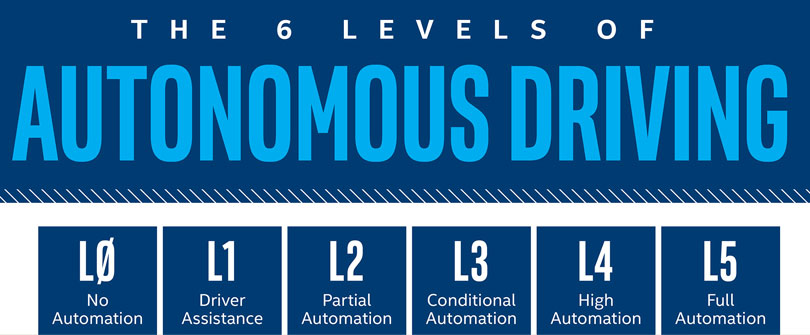
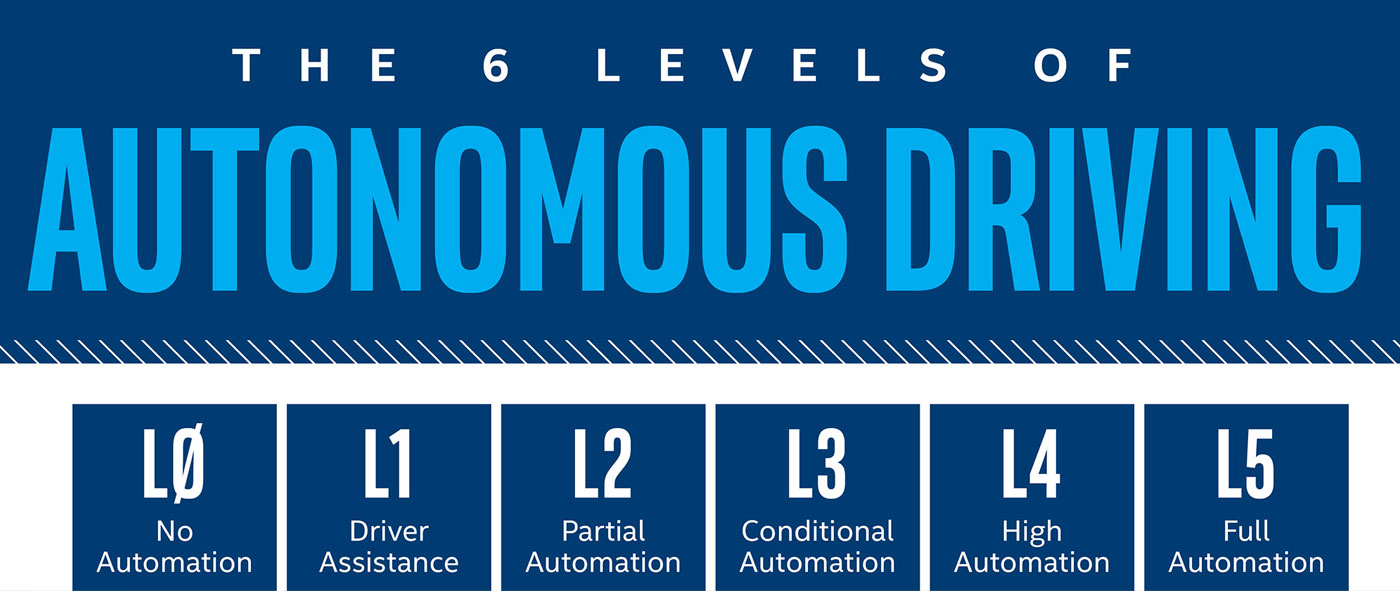
Level 0: No Automation — Zero autonomy; the driver performs all the driving, but the vehicle can aid with blind spot detection, forward collision warnings and lane departure warnings.
Level 1: Driver Assistance — The vehicle may have some active driving assist features, but the driver is still in charge. Such assist features available in today’s vehicles include adaptive cruise control, automatic emergency braking and lane keeping.
Level 2: Partial Automation — The driver still must be alert and monitor the environment at all times, but driving assist features that control acceleration, braking and steering may work together in unison so the driver does not need to provide any input in certain situations. Such automated functions available today include self-parking and traffic jam assist (stop-and-go traffic driving).
Level 3: Conditional Automation — The vehicle can itself perform all aspects of the driving task under some circumstances, but the human driver must always be ready to take control at all times within a specified notice period. In all other circumstances, the human performs the driving.
Level 4: High Automation — This is a self-driving vehicle. But it still has a driver’s seat and all the regular controls. Though the vehicle can drive and “see” all on its own, circumstances such as geographic area, road conditions or local laws might require the person in the driver’s seat to take over.
Level 5: Full Automation — The vehicle is capable of performing all driving functions under all environmental conditions and can operate without humans inside. The human occupants are passengers and need never be involved in driving. A steering wheel is optional in this vehicle.
INTEL GOES ‘ALL-IN’ ON ROBOTAXI OPPORTUNITY
Speaking to Intel investors from London, Professor Amnon Shashua, Intel senior vice president and president and CEO of Mobileye, declared that transportation as a service, as enabled by robotaxis, is a game-changer for mobility. He announced that Intel is “all-in” on the global robotaxi opportunity with the right combination to scale cities quickly. “Intel aspires to a leading position in this market top to bottom,” Shashua said. “We can and are building the full solution. We know that we have the products and market position to deliver an accident-free world.”
